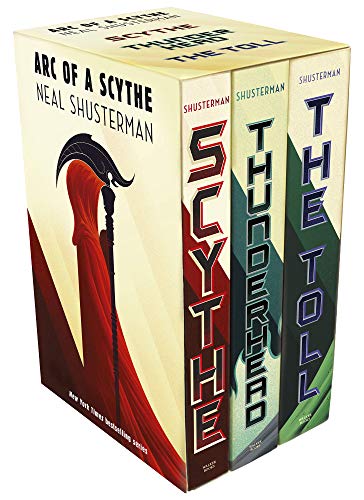Introduction
Using a scythe is an age-old method of cutting grass, grains, and other vegetation. It has been used for centuries and is still employed by some people today. While a scythe can be an effective tool for certain tasks, it is not without its drawbacks. This article will explore some of the disadvantages of using a scythe and why other modern alternatives may be preferable in certain situations.
Physical Exertion
One of the main drawbacks of using a scythe is the physical exertion it requires. The sweeping motion of the scythe requires a considerable amount of strength and stamina, especially when dealing with larger areas of vegetation. The repetitive nature of this motion can lead to fatigue, muscle strain, and even injury if proper techniques and precautions are not taken. This can be particularly challenging for older individuals or those with physical limitations.
Inefficiency and Time-consuming
Another drawback of using a scythe is its inefficiency and time-consuming nature compared to modern mechanical alternatives. While a scythe can be effective for certain small-scale tasks or when dealing with uneven terrain, it is not as efficient as powered tools such as lawnmowers or brush cutters. These modern tools can cover larger areas in less time, allowing for more productivity and saving valuable time and energy.
Lack of Precision
Using a scythe requires skill and practice to achieve a clean and precise cut. Without proper technique, the vegetation may be unevenly cut or left partially standing. This lack of precision can be a drawback when aesthetics or the quality of the cut is important. Additionally, scythes may not be suitable for trimming or cutting vegetation in tight or hard-to-reach areas, limiting their versatility compared to other tools.
Maintenance and Storage
Maintaining and storing a scythe can also be a drawback for some individuals. Scythes typically require regular sharpening and maintenance to ensure optimal cutting performance. This can be a time-consuming and potentially costly process for those who do not have the necessary tools or skills. Additionally, the size and shape of a scythe can make it difficult to store in smaller spaces or transportation, limiting its practicality for certain situations.
While a scythe has its advantages as a traditional tool for cutting vegetation, it is important to consider the drawbacks before deciding to use one. The physical exertion, inefficiency, lack of precision, and maintenance requirements are all factors that can make alternative modern tools more appealing. Ultimately, the choice of tool will depend on the specific task, the user’s physical abilities, and the available resources.






